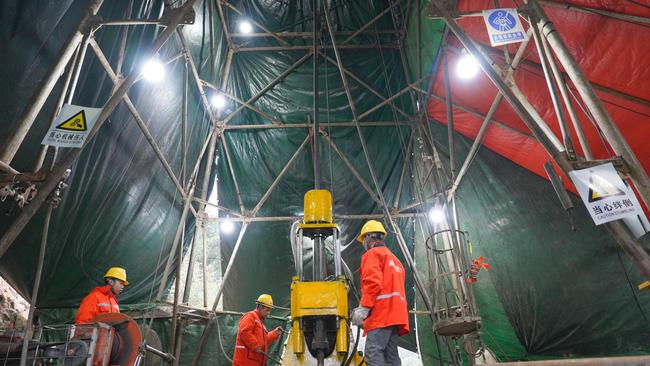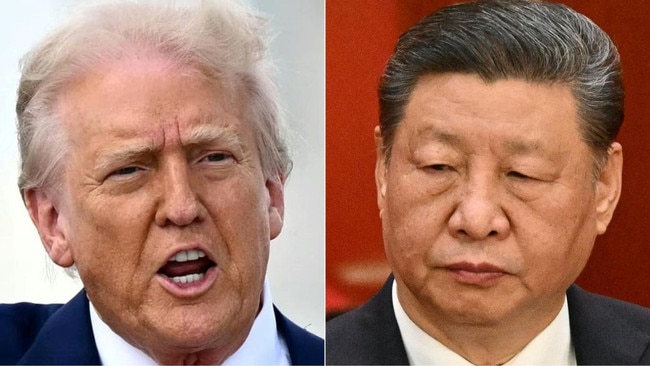$83bn discovery throws market into frenzy
This buried treasure could up-end the global economy, with experts calling it one of the biggest finds in modern history.
Mining
Don't miss out on the headlines from Mining. Followed categories will be added to My News.
Have we accidentally found El Dorado?
It seems Chinese geologists from the Bureau of Hunan Province may have stumbled upon a literal mountain of wealth.
Scientists are already suggesting it might be the largest precious metal deposit ever discovered.
The jackpot is located beneath the Wangu gold field in Pingjiang County.

Initial drilling 2,011 metres beneath the surface has uncovered more than 40 gold veins.
This preliminary detection alone is estimated to hold around 330 tonnes, equivalent to 330,000 kilograms, of gold ore.
It has already been classified as a “supergiant” gold ore deposit.
3D modelling reveals the deposit could stretch nearly 3,048 metres down, and sitting deep within the Earth at those depths could be a mind-blowing 1,100 tonnes of gold ore.
The estimated value? A staggering $83 billion USD (A$129 billion).
To put that into perspective, South Africa’s ‘South Deep’ gold mine, currently one of the world’s largest, holds around 1,025 tonnes. This new Chinese discovery could potentially dethrone it and become the largest gold mine on the planet.
Other major players globally are located in Indonesia, Russia, New Guinea, Chile, and the USA.


It’s not just the sheer volume either – the quality is reportedly ridiculously high.
The deposit is averaging 138 grams of gold per metric tonne of ore, which experts describe as a valuable rate “not often found in gold mining.”
According to Chen Rulin, an ore-prospecting expert at China’s Hunan Province’s Geological Bureau, “Many drilled rock cores showed visible gold” in samples.
This discovery comes at a crucial time for China. The nation is already the world’s top gold producer, accounting for about 10 per cent of global production. However, China is also heavily dependent on gold, using approximately three times more than it mines annually thanks to booming demand for jewellery, tech, and central bank reserves.


As China seeks to protect itself from geopolitical risks - especially ongoing trade tensions and the threat of financial sanctions from the U.S - this breakthrough is expected to reduce the country’s reliance on imports and boost its self-sufficiency in a critical resource.
According to the New York Post, this news “put the world’s gold markets on notice.” Following the announcement, gold prices reportedly surged to $130 per gram, as reported by CCN.
Social media lit up with reactions - one user on X commented, “Oo. That’s why GOVT spiked after close,” while another simply said, “America is mad.”
This jump in gold prices could bring both opportunities and challenges for Australia.
In the short term, higher prices may benefit Aussie gold miners through increased profits.
But over time, global demand for Australian gold could decline - putting pressure on the broader trade relationship between the two countries.

Geologists also believe the nearby geological formations could be part of a much larger, interconnected system.
According to Liu Yongjun, vice head of the bureau, additional gold ore was found during drilling in the peripheral areas surrounding the main discovery site.
This suggests this “supergiant” find could potentially be just the beginning.
“It will take a while to get down there.” Source: X
“They dug so deep that they came up from the bottom of Fort Knox.” Source: X
Historically, 233,000 tonnes of gold have been mined worldwide, with two-thirds of that mined since 1950.
Unlike many other natural resources, gold is resistant to corrosion, and nearly indestructible - which means that virtually all of the gold ever mined is believed to still exist in some form. Wowser.
Originally published as $83bn discovery throws market into frenzy




